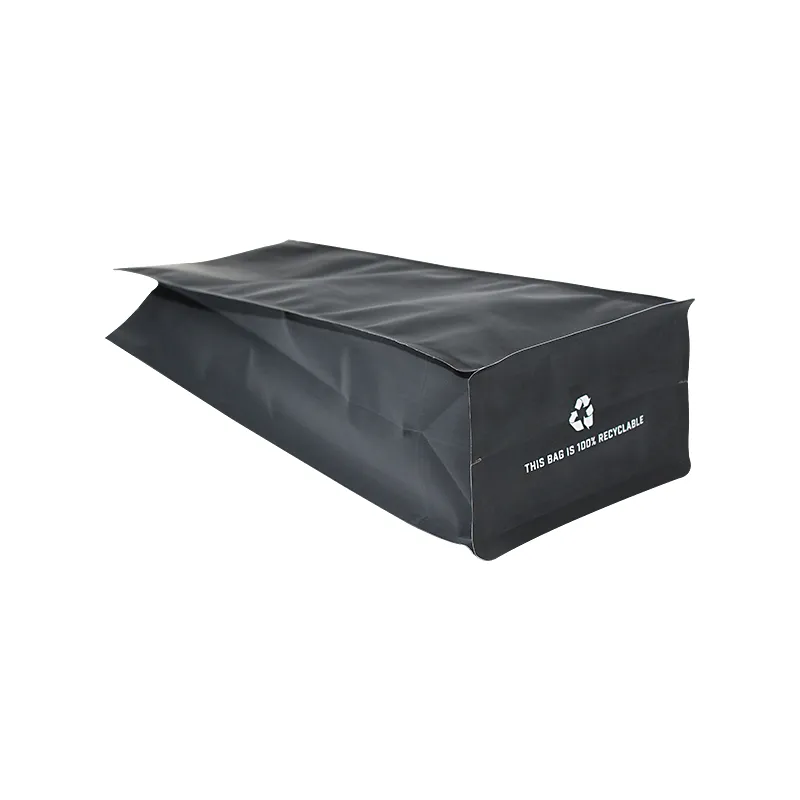- Afrikaans
- Albanian
- Amharic
- Arabic
- Armenian
- Azerbaijani
- Basque
- Belarusian
- Bengali
- Bosnian
- Bulgarian
- Catalan
- Cebuano
- chinese_simplified
- chinese_traditional
- Corsican
- Croatian
- Czech
- Danish
- Dutch
- English
- Esperanto
- Estonian
- Finnish
- French
- Frisian
- Galician
- Georgian
- German
- Greek
- Gujarati
- haitian_creole
- hausa
- hawaiian
- Hebrew
- Hindi
- Miao
- Hungarian
- Icelandic
- igbo
- Indonesian
- irish
- Italian
- Japanese
- Javanese
- Kannada
- kazakh
- Khmer
- Rwandese
- Korean
- Kurdish
- Kyrgyz
- Lao
- Latin
- Latvian
- Lithuanian
- Luxembourgish
- Macedonian
- Malgashi
- Malay
- Malayalam
- Maltese
- Maori
- Marathi
- Mongolian
- Myanmar
- Nepali
- Norwegian
- Norwegian
- Occitan
- Pashto
- Persian
- Polish
- Portuguese
- Punjabi
- Romanian
- Russian
- Samoan
- scottish-gaelic
- Serbian
- Sesotho
- Shona
- Sindhi
- Sinhala
- Slovak
- Slovenian
- Somali
- Spanish
- Sundanese
- Swahili
- Swedish
- Tagalog
- Tajik
- Tamil
- Tatar
- Telugu
- Thai
- Turkish
- Turkmen
- Ukrainian
- Urdu
- Uighur
- Uzbek
- Vietnamese
- Welsh
- Bantu
- Yiddish
- Yoruba
- Zulu
how to harvest and dry cannabis
How to Harvest and Dry Cannabis A Comprehensive Guide
Growing cannabis can be an exciting and fulfilling endeavor, but the real challenge comes when it’s time to harvest and dry your crop. Proper harvesting and drying techniques are crucial for ensuring your cannabis retains its potency, flavor, and aroma. In this article, we'll take a detailed look at how to effectively harvest and dry cannabis to achieve the best results.
Understanding the Right Time to Harvest
The first step in successfully harvesting cannabis is determining the right time to do so. Timing can significantly affect the quality and potency of your final product. The ideal time to harvest your plants is when the trichomes, the tiny resinous glands on the buds, have turned from clear to a milky white or amber color. This change indicates that the cannabinoids, such as THC and CBD, have reached their peak levels.
To examine your trichomes, use a magnifying glass or jewelers’ loupe. Additionally, pay attention to the pistils (the hair-like structures on the buds); they should be mostly dark and curled inwards. This is a general guideline—some growers may prefer to harvest earlier or later, depending on the desired effects.
Tools You’ll Need
Before you start the harvesting process, gather the necessary tools
- Sharp pruning shears or scissors - Clean workspace (ideally a dark, dry area with good ventilation) - Gloves (to prevent oils from your skin contaminating the buds) - String or wire (for hanging the plants) - Paper bags or cardboard boxes (for curing later on)
The Harvesting Process
1. Prepare Your Workspace Make sure your workspace is clean and free from contaminants. A dark, cool, and well-ventilated area prevents mold and preserves your cannabis quality.
how to harvest and dry cannabis

2. Cutting the Plants Using your sharp pruning shears, cut the branches off the plant. It’s often best to work in sections, starting from the bottom and moving to the top. If you’re growing multiple plants, label them to keep track of different strains.
3. Trimming Trim away excess leaves from the buds. You can do a rough trim during the initial harvest, followed by a more detailed trim after the drying process. Removing excess foliage helps improve air circulation while drying and enhances the overall appearance of the buds.
The Drying Process
After harvesting and trimming, it's time to dry your cannabis. Proper drying is essential to preserve the quality and prevent mold growth.
1. Hanging the Buds Use string or wire to create hanging lines in your drying area. Hang the trimmed branches upside down, ensuring that they are spaced apart to allow for air circulation.
2. Controlling the Environment Keep the drying area dark, with a temperature between 60-70°F (15-21°C) and humidity around 45-55%. Upper and lower venting can help regulate airflow. A small fan can also promote circulation but avoid blowing directly on the buds, as this could cause uneven drying.
3. Drying Duration Drying typically takes about 7 to 14 days, depending on the environmental conditions. Check your buds regularly; they are ready when the stems snap easily, and the buds feel dry to the touch but still retain some moisture.
4. Curing the Buds Once dried, place the buds in airtight containers, such as glass jars or vacuum-sealed bags. This step is crucial for enhancing flavor and potency. Open the containers once or twice a day for the first week to allow moisture to escape and prevent mold. After this initial week, you can reduce the frequency to once every few days.
Conclusion
Harvesting and drying your cannabis correctly is just as important as growing it. By timing your harvest well, utilizing the right tools, and providing the proper drying conditions, you can enhance the quality and safety of your final product. Remember that patience is key; taking the time to ensure your cannabis is properly dried and cured will reward you with a more enjoyable and potent experience. Happy harvesting!













